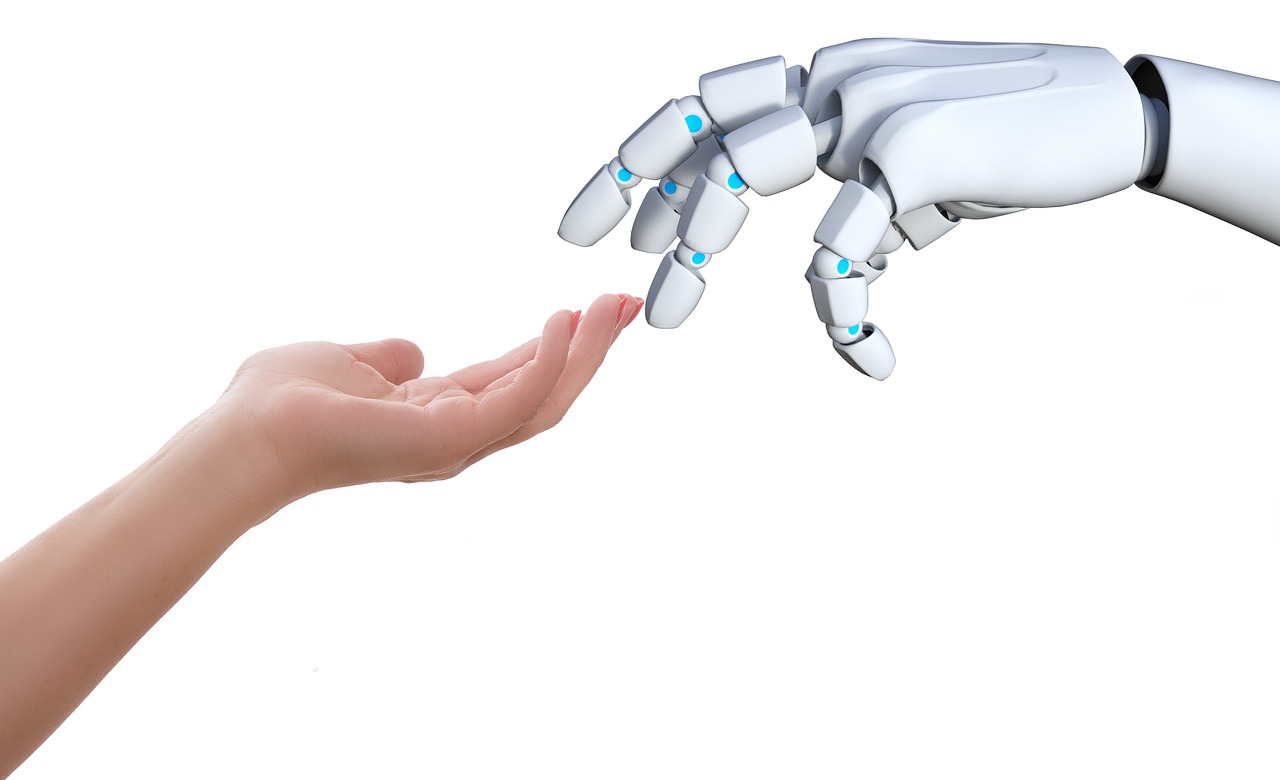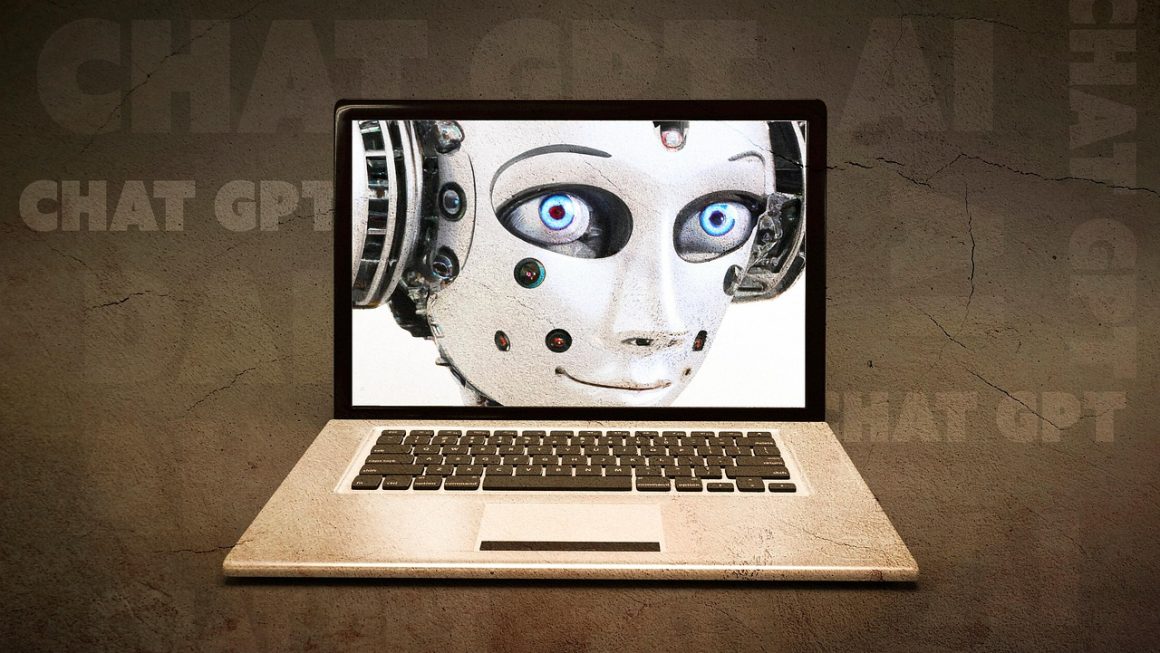Speech recognition technology, also known as automatic speech recognition (ASR), is rapidly transforming how we interact with technology and the world around us. From dictating emails to controlling smart home devices, the ability to convert spoken words into text has become an integral part of our daily lives. This blog post will delve into the intricacies of speech recognition, exploring its underlying principles, applications, benefits, and future trends.
What is Speech Recognition?
Speech recognition is the interdisciplinary subfield of computer science and computational linguistics that develops methodologies and technologies that enables the recognition and translation of spoken language into text by computers. Essentially, it bridges the gap between human speech and computer understanding.
The Science Behind Speech Recognition
Speech recognition systems rely on a complex combination of algorithms and statistical models. These systems typically follow these general steps:
- Acoustic Modeling: This involves capturing and processing audio input, converting sound waves into digital signals.
- Feature Extraction: Relevant features like phonemes (basic units of sound) are extracted from the digital signal.
- Language Modeling: Statistical models are used to predict the sequence of words based on probabilities and linguistic rules. This helps the system determine the most likely word sequence given the extracted features.
- Decoding: The system combines acoustic and language models to generate the most probable text transcription.
Different Types of Speech Recognition Systems
Speech recognition systems vary in their complexity and capabilities. Here are a few key distinctions:
- Speaker-Dependent vs. Speaker-Independent: Speaker-dependent systems are trained to recognize a specific individual’s voice, offering higher accuracy for that person. Speaker-independent systems are designed to recognize a wide range of voices without prior training, making them more versatile.
- Discrete vs. Continuous Speech: Discrete speech recognition requires pauses between words, while continuous speech recognition can process natural, flowing speech. The latter is more challenging but more practical for real-world applications.
- Dictation vs. Command and Control: Dictation systems are designed for transcribing text, such as writing emails or documents. Command and control systems interpret spoken commands to control devices or software applications.
Applications of Speech Recognition
Speech recognition has found its way into numerous applications across various industries and aspects of life.
Healthcare
- Medical Transcription: Doctors and nurses can use speech recognition to dictate patient notes and reports, saving time and improving accuracy compared to traditional transcription methods. Examples include Dragon Medical One.
- Hands-Free Operation in Surgery: Surgeons can use voice commands to control medical equipment during procedures, minimizing the need for physical contact and maintaining sterility.
Customer Service
- Interactive Voice Response (IVR) Systems: Many call centers use speech recognition to route callers to the appropriate department or provide automated information. This improves efficiency and reduces wait times.
- Chatbots and Virtual Assistants: Speech-enabled chatbots can understand and respond to customer inquiries, providing 24/7 support.
Accessibility
- Voice Control for People with Disabilities: Speech recognition allows individuals with physical disabilities to control computers, smartphones, and other devices using their voice.
- Real-Time Captioning: Speech recognition is used to generate real-time captions for videos and live events, making content accessible to people with hearing impairments.
Productivity
- Dictation Software: Tools like Dragon NaturallySpeaking allow users to dictate documents, emails, and other text, increasing typing speed and reducing strain.
- Voice Assistants: Virtual assistants like Siri, Google Assistant, and Alexa use speech recognition to respond to voice commands, set reminders, play music, and perform other tasks. A 2020 survey showed that 62% of U.S. adults were using voice assistants.
Benefits of Using Speech Recognition
Implementing speech recognition technology can offer a multitude of advantages for both individuals and organizations.
Increased Efficiency and Productivity
- Faster Text Input: Speech recognition allows for faster text input compared to traditional typing, boosting productivity in writing and documentation tasks. Studies have shown that dictation can be up to three times faster than typing.
- Hands-Free Operation: Speech recognition enables hands-free control of devices and applications, allowing users to multitask and work more efficiently.
Improved Accessibility
- Empowering Individuals with Disabilities: Speech recognition provides a powerful tool for individuals with physical disabilities to access and control technology.
- Enhanced Communication: Real-time transcription and captioning make communication more accessible for people with hearing impairments.
Cost Savings
- Reduced Transcription Costs: Automating transcription processes with speech recognition can significantly reduce labor costs associated with manual transcription services.
- Improved Customer Service Efficiency: Speech-enabled IVR systems and chatbots can handle a large volume of customer inquiries, reducing the need for human agents and lowering operational costs.
Enhanced Accuracy
- Reduced Errors: With proper training and high-quality audio input, speech recognition systems can achieve high accuracy rates, minimizing errors in text transcription.
- Contextual Understanding: Advanced speech recognition systems use language models to understand the context of spoken words, improving accuracy in complex sentences.
Challenges and Future Trends
While speech recognition has made significant strides, certain challenges remain.
Accuracy in Noisy Environments
- Noise Reduction: Developing algorithms that can effectively filter out background noise and improve accuracy in noisy environments is an ongoing challenge.
- Microphone Technology: The quality of the microphone plays a crucial role in speech recognition accuracy. Investing in high-quality microphones or headsets can significantly improve performance.
Accents and Dialects
- Training Data Diversity: Training speech recognition systems with diverse accents and dialects is essential to ensure accurate recognition for all users.
- Adaptive Learning: Implementing adaptive learning algorithms that can learn and adapt to individual accents over time can improve accuracy.
Future Trends
- AI and Deep Learning: The integration of AI and deep learning techniques is driving significant advancements in speech recognition accuracy and natural language understanding.
- Edge Computing: Processing speech recognition locally on devices (edge computing) can improve response times and protect user privacy.
- Multilingual Support: Expanding speech recognition capabilities to support more languages and dialects is crucial for global accessibility.
Conclusion
Speech recognition technology has revolutionized the way we interact with computers and devices, offering significant benefits in various fields, from healthcare and customer service to accessibility and productivity. As AI and machine learning continue to advance, speech recognition systems will become even more accurate, versatile, and user-friendly. Understanding the principles, applications, and challenges of speech recognition empowers us to leverage its potential and shape the future of human-computer interaction. By embracing this technology, we can unlock new levels of efficiency, accessibility, and innovation across industries and enhance our daily lives.




